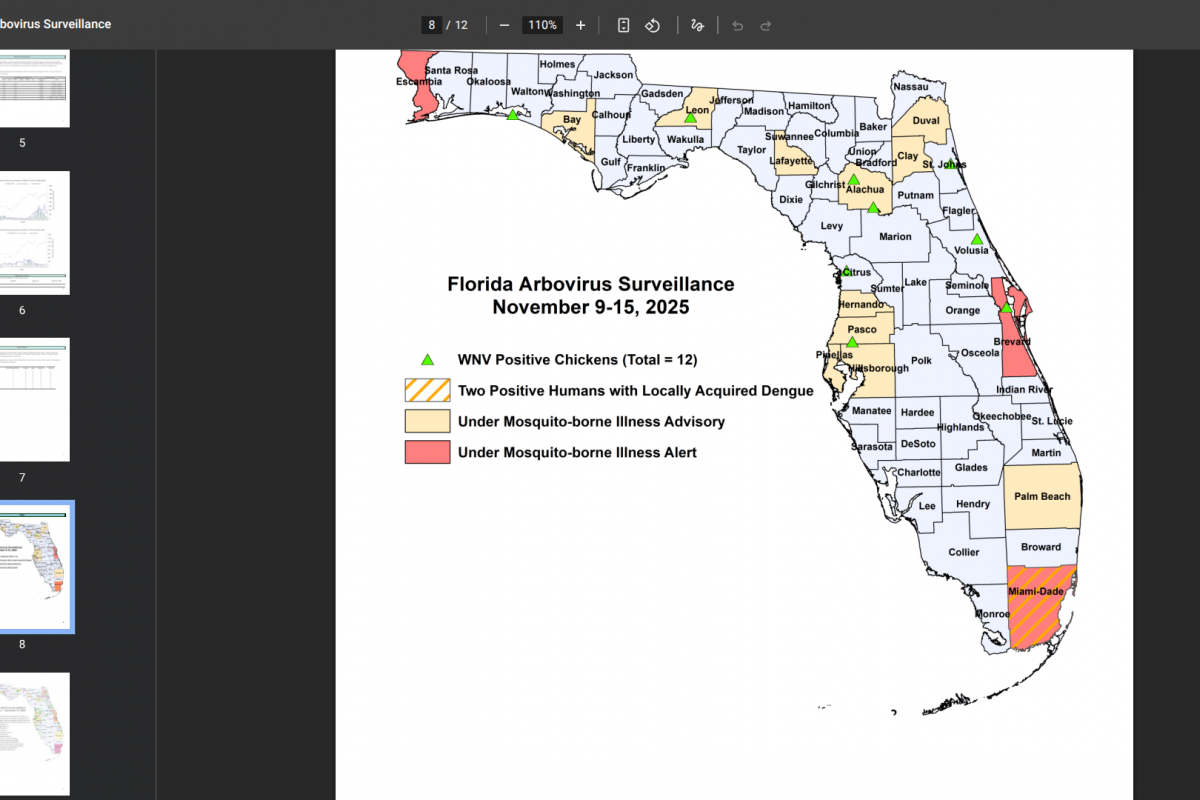AQI.IN builds India’s largest community air quality monitoring network to tackle rising pollution – The Indian Express

Report on AQI.IN’s Community-Driven Air Quality Monitoring Network and its Contribution to Sustainable Development Goals (SDGs)
Project Overview
In response to India’s persistent air pollution crisis, AQI.IN has launched a community-driven initiative to establish a nationwide air quality monitoring network. The project aims to empower citizens and communities by providing them with the tools and data necessary to understand and address local air pollution. This initiative directly supports the achievement of several key United Nations Sustainable Development Goals (SDGs).
Core Initiative Components
- Distribution of Monitors: Air quality monitors are distributed free of cost to participants, who cover only a nominal shipping fee.
- Data Collection: Each device records critical pollutants such as Particulate Matter (PM2.5 and PM10), alongside temperature and humidity.
- Data Accessibility: Real-time data is made publicly available through the AQI.IN map, mobile application, and a web-based dashboard, ensuring transparency and open access to environmental information.
Alignment with Sustainable Development Goals (SDGs)
The project’s framework and objectives are intrinsically linked to the global agenda for sustainable development.
- SDG 3: Good Health and Well-being: By providing real-time, localized air quality data, the network empowers individuals to make informed decisions to protect their health from the adverse effects of air pollution. This directly contributes to Target 3.9, which aims to substantially reduce the number of deaths and illnesses from hazardous chemicals and air, water, and soil pollution.
- SDG 11: Sustainable Cities and Communities: The initiative strengthens the capacity for participatory and integrated settlement planning. By bridging data gaps in smaller cities and semi-urban areas, it helps identify pollution hotspots, enabling citizens, NGOs, and local authorities to develop targeted solutions for cleaner urban environments, in line with Target 11.6 to reduce the adverse per capita environmental impact of cities.
- SDG 17: Partnerships for the Goals: The community-driven model is a prime example of a multi-stakeholder partnership. It mobilizes citizens, educational institutions, and civil society organizations, fostering a collaborative approach to environmental monitoring and action, which is central to the ethos of SDG 17.
Strategic Impact and Future Direction
The network is designed to address the critical gap in official monitoring infrastructure, thereby democratizing environmental data. According to founder Mr. Rohit Bansal, the core objective is to foster “collective awareness and action” by giving people the power to understand their immediate environment.
Having already engaged hundreds of individuals and organizations across India, AQI.IN plans to expand this community monitoring network globally. This expansion seeks to connect diverse communities under the shared mission of achieving transparent and universally accessible air quality data, furthering the global commitment to the Sustainable Development Goals for a healthier and more sustainable planet.
1. Which SDGs are addressed or connected to the issues highlighted in the article?
SDG 3: Good Health and Well-being
- The article directly links air quality to human health. The initiative’s stated goal is to empower people to “make informed decisions for a healthier life.” By providing real-time data on harmful pollutants, it addresses the health risks associated with poor air quality, which is a core component of ensuring healthy lives and promoting well-being.
SDG 11: Sustainable Cities and Communities
- The initiative focuses on monitoring air quality in cities and semi-urban regions, which are often the most affected by air pollution. The article states that the project is “bridging the data gap in areas where government monitoring infrastructure is limited,” which is crucial for making cities and human settlements inclusive, safe, resilient, and sustainable by managing their environmental impact.
SDG 17: Partnerships for the Goals
- The entire initiative is built on collaboration. The article describes it as “India’s largest community-driven air quality monitoring network” and a “growing symbol of collaboration for cleaner air.” It involves a partnership between a private entity (AQI.IN), citizens, educational institutions, and NGOs, which exemplifies the multi-stakeholder partnerships needed to achieve sustainable development goals.
2. What specific targets under those SDGs can be identified based on the article’s content?
Under SDG 3: Good Health and Well-being
- Target 3.9: By 2030, substantially reduce the number of deaths and illnesses from hazardous chemicals and air, water and soil pollution and contamination. The article’s focus on monitoring critical air pollutants like PM2.5 and PM10 directly relates to this target, as these pollutants are a primary cause of respiratory and other illnesses.
Under SDG 11: Sustainable Cities and Communities
- Target 11.6: By 2030, reduce the adverse per capita environmental impact of cities, including by paying special attention to air quality. The project’s core mission is to monitor, track, and understand local air quality in urban and semi-urban areas, which directly supports this target by providing the necessary data to identify pollution hotspots and inform solutions.
Under SDG 17: Partnerships for the Goals
- Target 17.17: Encourage and promote effective public, public-private and civil society partnerships, building on the experience and resourcing strategies of partnerships. The AQI.IN initiative is a clear example of a public-private-civil society partnership, where a private platform collaborates with “hundreds of individuals and organisations” to achieve a common goal.
3. Are there any indicators mentioned or implied in the article that can be used to measure progress towards the identified targets?
Indicators for SDG 3 and SDG 11
- Concentration of Particulate Matter (PM2.5 and PM10): The article explicitly states that each monitor “records critical air pollutants including PM2.5, PM10.” This data is the primary indicator used to measure air quality and directly corresponds to official SDG indicator 11.6.2 (Annual mean levels of fine particulate matter (e.g. PM2.5 and PM10) in cities). It also serves as a proxy indicator for Target 3.9 by measuring the level of exposure to harmful air pollution.
Indicators for SDG 17
- Number of Community Monitors Installed: The article mentions that “hundreds of individuals and organisations across India have joined the movement.” The number of monitors distributed and installed serves as a direct indicator of the scale and growth of this partnership.
- Geographical Coverage of the Network: The initiative aims to bridge “the data gap in areas where government monitoring infrastructure is limited.” The expansion of the network into these previously unmonitored areas is a key indicator of the partnership’s effectiveness in increasing data availability and awareness.
- Number and Diversity of Partners: The article mentions the involvement of “citizens, educational institutions, and NGOs.” Tracking the number and type of entities joining the network can measure the success of this multi-stakeholder partnership.
4. Table of SDGs, Targets, and Indicators
| SDGs | Targets | Indicators |
|---|---|---|
| SDG 3: Good Health and Well-being | 3.9: Substantially reduce deaths and illnesses from air pollution. | Real-time measurement of air pollutants, specifically PM2.5 and PM10 concentrations. |
| SDG 11: Sustainable Cities and Communities | 11.6: Reduce the adverse per capita environmental impact of cities, paying special attention to air quality. | Real-time data on local air quality conditions, including PM2.5 and PM10 levels in cities and semi-urban regions. |
| SDG 17: Partnerships for the Goals | 17.17: Encourage and promote effective public, public-private and civil society partnerships. |
|
Source: indianexpress.com
What is Your Reaction?
 Like
0
Like
0
 Dislike
0
Dislike
0
 Love
0
Love
0
 Funny
0
Funny
0
 Angry
0
Angry
0
 Sad
0
Sad
0
 Wow
0
Wow
0















































































